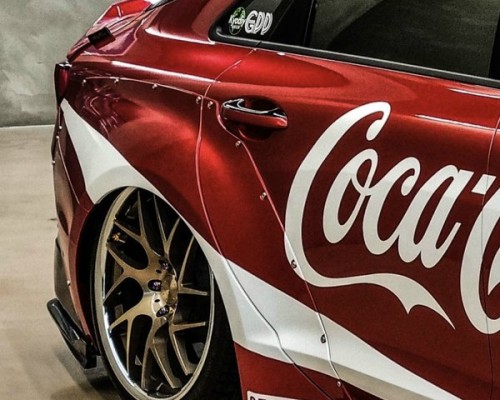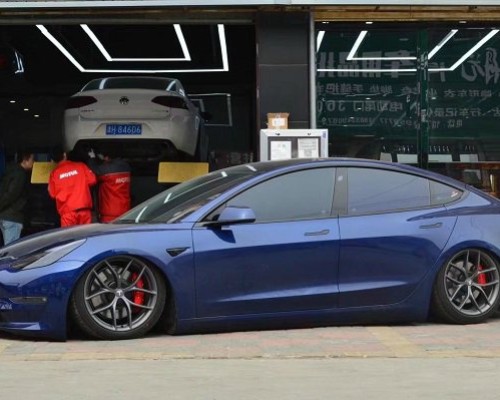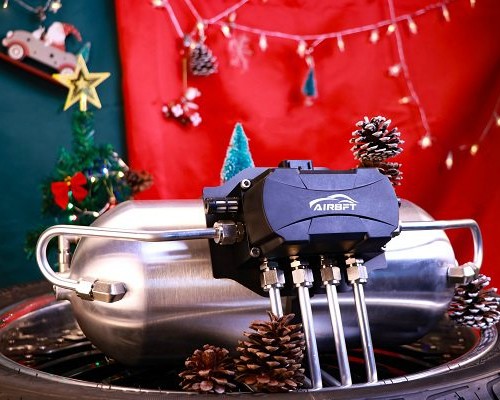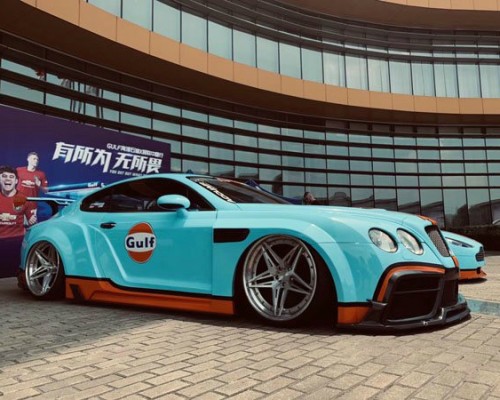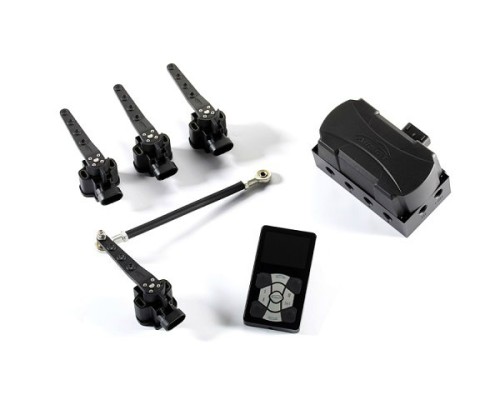MusclesDodge challenger bagriders Tough guysTenderness
AIRBFTsuspension low-profile modification cultural platform: MusclesDodge challenger bagridersTough guysTenderness。This purple Dodge Challenger is a low-profile chariot built by the general agent of AIRBFT in Iraq. As an American muscle car, its high horsepower is recognized by many players, but its fuel consumption is only in the Middle East. Players can only play in oil-rich countries, and the modified low-profile effect is quite seductive.
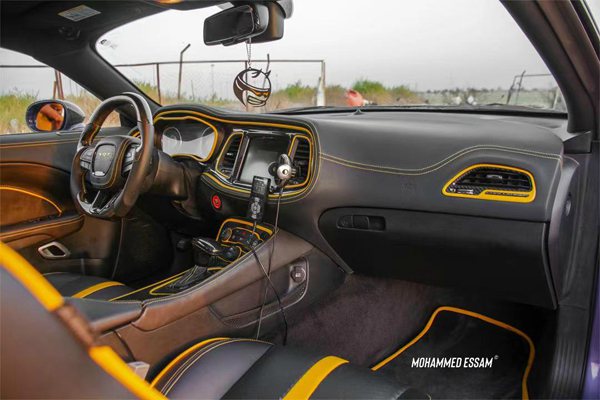
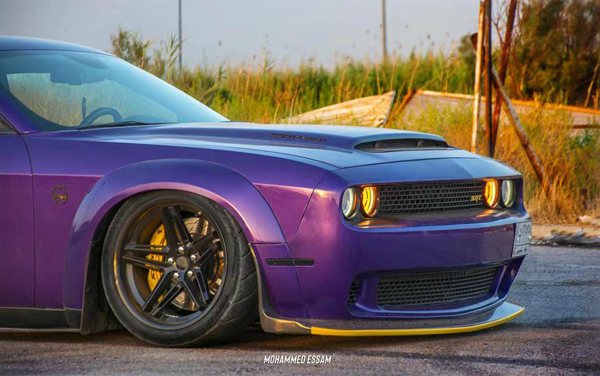
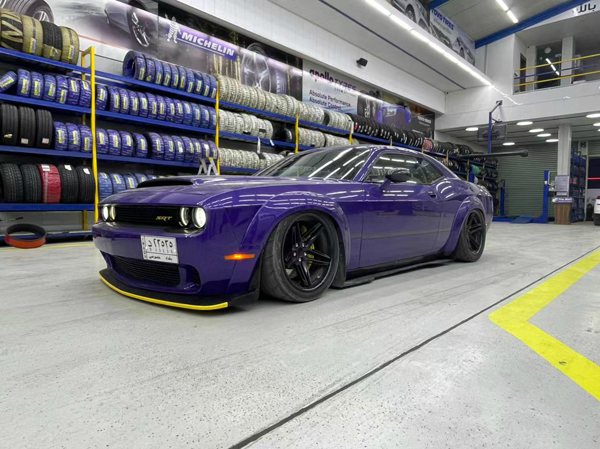
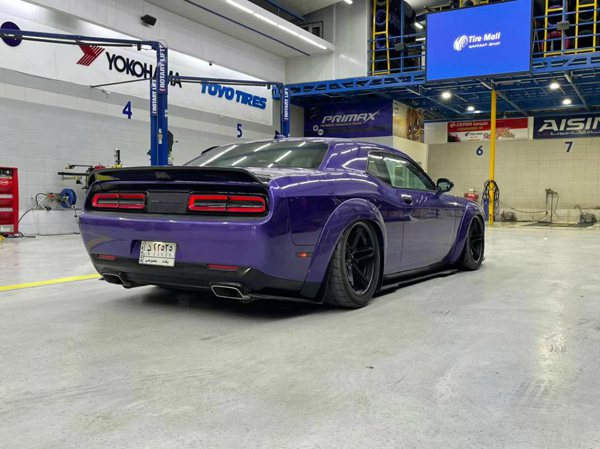
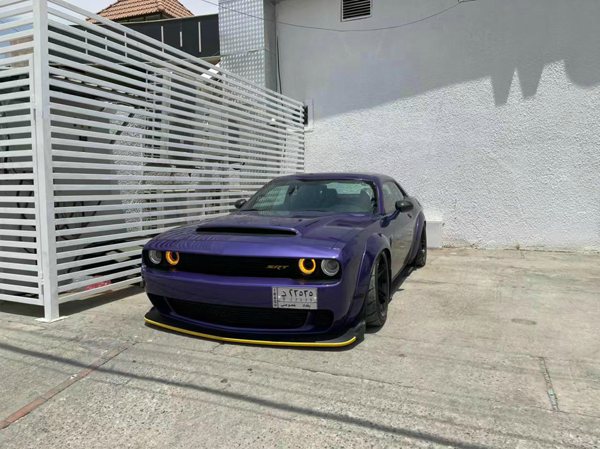
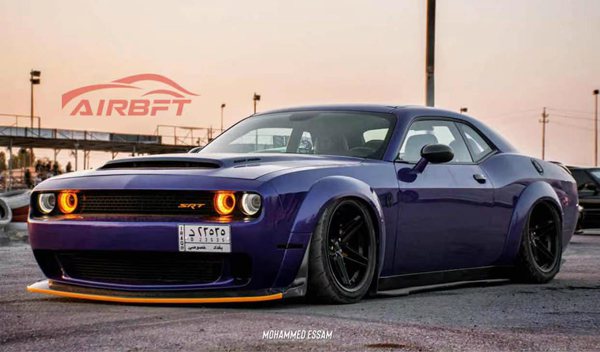
Chrysler was slow to respond to the Pony Car trend caused by the Ford Mustang. It was not until 1970 that they launched the Dodge Challenger, a product that really competed with the Mustang and Camaro. The shape designer of the Challenger was Carl Cameron, the designer of Dodge’s main muscle car Charger at that time, so the shape style of the Challenger is very similar to the Charger. In terms of chassis, the Challenger also directly uses the chassis of another muscle car in the group, the Plymouth Barracuda Barracuda, to reduce R&D and manufacturing costs.
To compete with the market leader Mustang, the challenger’s first method is to provide a wealth of options and a variety of power systems for customers to choose from. The engine of the Challenger ranges from a 3.24L inline 6-cylinder to a 7.2L V8, and there are 8 six-cylinder or eight-cylinder engines with different displacements to choose from. The Challenger’s second killer feature is a longer wheelbase and larger body, as well as a more refined and luxurious interior, which will create a slightly mismatched competition with the Mustang.
Like the first-generation Mustang and Camaro, the first-generation Challenger was a collectible muscle car. In the 1970s, Chrysler already had a European division (Simca), so a small number of Challengers were officially imported into European sales at that time. Therefore, the first-generation Challenger is also one of the very few classic American muscle cars that can be seen in Europe today.
4. The second-generation Challenger was launched in 1978. Although sold in the U.S. as the Dodge Challenger, it’s not an orthodox successor to the first-generation Challenger, as it’s actually a Galant Lambda vest from Chrysler’s partner company, Mitsubishi. The Galant Lambda was also a coupe and was sold under different trademarks around the world at the time. It is the Dodge second-generation Challenger that is sold in the United States. The American-branded Japanese car was powered by two inline four-cylinder Mitsubishi engines and was also assembled at Mitsubishi’s Aichi plant. Until now, many Americans have not regarded this generation of Challengers as a “genuine generation” of this car series.
In the 21st century, when Ford and Chevrolet revived their Pony Car products successively, Chrysler was unable to follow up due to the company’s financial situation and other reasons. It wasn’t until early 2008 that Chrysler launched the third-generation Challenger. This generation of Challengers also has retro styling that pays homage to the first generation. In terms of chassis, the basic structure is the same as that of the Chrysler 300C, but in order to ensure the challenger’s handling flexibility, Chrysler reduced the challenger’s wheelbase to 2950mm. In terms of power system, the third-generation Challenger when it was first launched has 3.5L V6 and 6.1L HEMI V8. After the facelift, the latest model is replaced with 3.6L Pentastar V6 (the main engine of the new generation of Chrysler Group, and the Grand Cherokee is also Use this one), 5.7L HEMI V8 and 6.4L HEMI V8 (fitted on the top-of-the-line SRT8 version).
At the end of 2007, Dodge was the first to release several photos of the mass-produced Challenger SRT8. From the first batch of photos, it can be seen that the radiator grille of the mass-produced model will adopt a large mesh style, which is different from that of the concept model. There is a cross-shaped style with Dodge brand characteristics. In addition, although the shape of the aluminum alloy wheels is the same as the five-spoke style of the concept model, the lines are more concise, and the Brembo brake calipers can be vaguely glimpsed from it, while the configuration in the picture is It is a Goodyear tire of 245/45Z R20. This design aroused many discussions among fans of American power sports cars at that time.
At the Chicago Auto Show, the production version of the Challenger SRT8 was officially unveiled. In terms of styling, it can be seen that it roughly continues the design of the original concept version and inherits the classic lines of the Challenger car series in the 1970s. The mass-produced models generally only have taillights and rear bumpers, which are significantly different from the concept models.
More models modified airbft bagriders case: Dodge challenger bagriders








